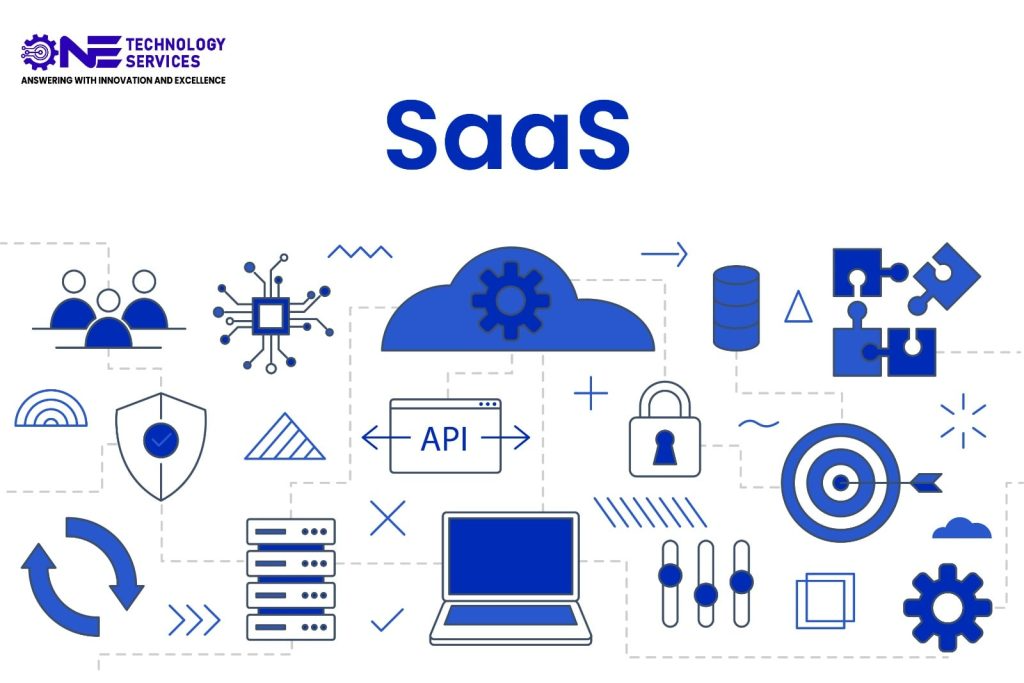In today’s digital landscape, Software as a Service (SaaS) has become increasingly popular, offering businesses flexible and scalable solutions. However, navigating the world of SaaS pricing can be complex and challenging for software buyers.

In this comprehensive guide, we will delve into the various SaaS pricing models available and explore effective strategies that can help software buyers make informed decisions. Whether you’re a small startup or an enterprise-level organization, understanding SaaS pricing models is crucial for optimizing your software investments.
Understanding SaaS Pricing Models
Before diving into the different pricing strategies, it’s important to understand the core principles of SaaS pricing models. SaaS pricing typically revolves around three primary models:
Per-User Pricing
This model charges a fixed rate per user, offering scalability based on the number of users accessing the software.
Tiered Pricing
With tiered pricing, SaaS providers offer different feature sets or usage limits at varying price points, allowing customers to choose the tier that best suits their needs.
Usage-Based Pricing
In this model, customers are charged based on their actual usage, such as the number of transactions, API calls, or data storage utilized.
SaaS Pricing Strategies
Now, let’s explore some effective SaaS pricing strategies that can help software buyers optimize their investments and align pricing with their business goals.
Value-Based Pricing
This strategy ties pricing to the perceived value and benefits the software delivers to the customer. It involves understanding the customer’s pain points, quantifying the value provided by the software, and aligning the pricing accordingly.
Freemium Model
The freemium model offers a basic version of the software for free, enticing users to upgrade to a paid version with additional features or enhanced functionality. This strategy allows customers to experience the product before committing to a purchase.
Flat-Rate Pricing
Flat-rate pricing provides a fixed price for unlimited access to the software, regardless of the number of users or usage. This model simplifies pricing and offers predictable costs for customers.
Per-Feature Pricing
With per-feature pricing, customers pay for specific features or modules they require, allowing for customization and flexibility. This strategy appeals to customers with specific needs or budget constraints.
Contract-Based Pricing
SaaS providers may offer discounted pricing or extended contracts to customers who commit to long-term agreements. This strategy promotes customer loyalty and provides predictable revenue for the provider.
Bundle Pricing
Bundle pricing combines multiple software products or services into a package at a discounted price. This strategy encourages customers to purchase additional offerings and can increase the overall value of the software for the customer.
Hybrid Models
Some SaaS providers combine different pricing strategies to create hybrid models that cater to a wider range of customer preferences. For example, a provider may offer tiered pricing with value-based add-ons.
Choosing the Right SaaS Pricing Model
Choosing the right SaaS pricing model is important for software buyers to maximize value and optimize their budget.
By understanding the various pricing models and strategies available, businesses can make informed decisions that align with their needs and goals. It’s important to evaluate factors such as the scalability of the pricing model, the value delivered by the software, and the specific requirements of your organization. By carefully considering these factors and utilizing effective pricing strategies, software buyers can ensure a successful and cost-effective SaaS implementation.
In this comprehensive guide, we have explored the different SaaS pricing models and highlighted effective strategies that can empower software buyers to make well-informed decisions. Remember, finding the right pricing model is a dynamic process that may require experimentation and adaptation based on customer feedback and market conditions. As you embark on your journey to select the most suitable SaaS pricing model for your business, keep the following tips in mind:
Understand Your Customers
Gain a deep understanding of your target audience, their pain points, and the value they expect from your software. This knowledge will enable you to align your pricing with their perceived value and enhance customer satisfaction.
Consider Scalability
If your business is poised for growth, opt for a pricing model that allows for scalability. Ensure that the pricing structure can accommodate an increasing number of users, data usage, or additional features as your business expands.
Competitive Analysis
Research and analyze the pricing strategies of your competitors. This will help you position your pricing in the market and ensure that your offerings are competitive and attractive to potential customers.
Pricing Flexibility
Offering different pricing tiers or customization options can appeal to a wider range of customers. Provide options that cater to both budget-conscious customers and those who require advanced features or additional support.
Monitor and Adjust
Regularly monitor your pricing strategy and gather customer feedback. Analyze usage patterns, customer satisfaction levels, and revenue metrics to identify areas for improvement and make necessary adjustments to optimize your pricing model.
Selecting the right pricing model
Remember, selecting the right pricing model is not a one-time decision. It requires continuous evaluation and adaptation based on market dynamics, customer preferences, and the evolving needs of your business.
By understanding the different SaaS pricing models available and implementing effective pricing strategies, software buyers can make informed decisions that align with their goals, maximize value, and drive business success.
So, whether you opt for per-user pricing, tiered pricing, or usage-based pricing, or employ value-based pricing, freemium models, or hybrid strategies, the key is to understand your customers, align pricing with value, and continuously assess and refine your approach.
Armed with this comprehensive guide, you are now equipped to navigate the intricate world of SaaS pricing models and make confident decisions that will benefit both your business and your customers. Embrace the power of pricing strategies and unlock the full potential of your software investments.
